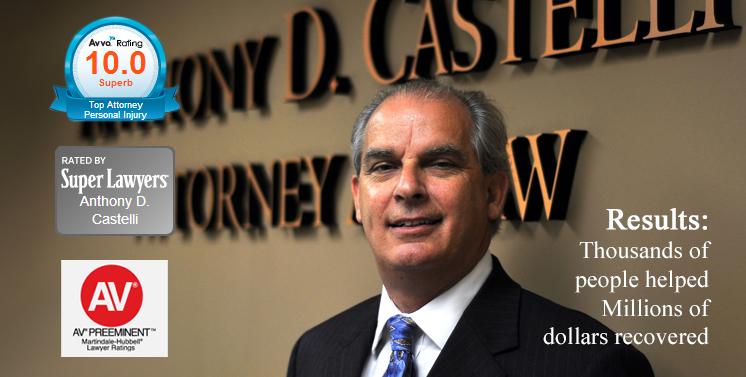Posted: June 20, 2019
The laws of the state in which the accident occurs determine who pays for the damages from an automobile accident. Basically, in a no-fault insurance state, fault is not placed on either party, and each driver generally submits a claim to his or her own insurance company instead of establishing blame.
Usually there are certain thresholds that must be met before you can bring a claim . For example, in Kentucky $1000 in medical bills is one threshold that allows you to bring a claim against the negligent driver.
Many states, including Florida, Kansas, Kentucky, Massachusetts, Michigan, Minnesota, New Jersey, New York, Pennsylvania, and others, have some form of no-fault insurance laws. No-fault auto insurance is widely misunderstood, and is applied differently in every state that offers it.
If you are in an automobile accident, you should contact an experienced personal injury firm to discuss how the relevant state law views fault and to determine how fault or no-fault laws may affect your right to recover damages for injuries.
Ohio is not a no fault state. However if you are an Ohio resident that gets in a car crash accident injury in Kentucky you will likely be bound be the laws of Kentucky. This means no fault will apply. You should seek a good injury lawyer to guide you.
How No-Fault Insurance Works
"No-fault insurance" describes any automobile insurance system that requires drivers to carry insurance for their own protection and limits their ability to sue other drivers for damages. In an accident under a no-fault system, your auto insurance company will pay for your damages up to your policy limits, no matter who was at fault for the accident. Other drivers involved in the accident are covered by their own automobile insurance policies.
Under a pure no-fault system, drivers would be entirely covered by their own policies and could never sue any other driver for damages, but no state currently uses a pure system. All no-fault states use parts of the no-fault system and parts of the standard-liability system, under which a party is responsible for the cost of damages he or she causes, so lawsuits are permitted under some circumstances in all states.
The amount and type of no-fault insurance required varies from state to state. Some states allow injured parties to sue if their injuries are severe, while others allow suits if the total costs reach a certain dollar level. Many modified no-fault systems pay for economic damages up to the policy limit, but allow the injured party to sue for non-economic damages if the amounts of these damages are greater than a specified amount.
These thresholds also vary from state to state. Therefore, you should contact a personal injury lawyer experienced in car accidents if you are in an accident in any no-fault state to determine and analyze the relevant laws.
Choice no-fault
Choice no-fault insurance laws create two classes of insured drivers in some states by retaining parts of both the no-fault and the traditional fault-based systems. Pennsylvania and New Jersey have implemented versions of choice no-fault laws.
Under a choice system, drivers choose whether they want to be insured under a no-fault plan or retain some traditional tort rights similar to modified no-fault. For example, if a driver chooses a pure no-fault plan, he or she may not be able to sue negligent drivers for non-economic damages, but he is also immune from such suits.
However, if the driver retains traditional personal injury suit rights, he or she can sue other drivers who have also chosen to retain their tort rights, but, in exchange, they can sue him or her. An experienced attorney can help you work through the complicated issues regarding fault, whether you are in a fault or a no-fault state.
A no fault insurance policy
If you live in a no-fault state, the no-fault part of your auto insurance policy is usually called personal injury protection (PIP). Different states' PIP packages cover different expenses, but benefits generally include most injury-related expenses, including medical costs, lost wages, compensation for loss of services, funeral expenses, and death benefits.
Some damages, such as pain, suffering, emotional distress and inconvenience, are generally not covered by no-fault insurance coverage. Also, medical expenses or lost income above any established limits are not covered, and other insurance coverage is typically needed to cover physical damage to vehicles.
Conclusion
Although no-fault, in its purest form, would arguably simplify recovery of damages for automobile accident injuries by entirely eliminating any concept of fault, no state currently has a pure no-fault system, and it is unlikely that any state will ever adopt one. The current no-fault and fault systems vary significantly from state to state, and can be very confusing. An attorney experienced in motor vehicle accident cases will be able to help you sort through the applicable state laws and choose the path for recovery that's best for you.
If you are an Ohio resident or especially a greater Cincinnati resident and are injured in another state, I will be happy to discuss with you what options to take to make sure your car accident personal injury claim is protected. Source



